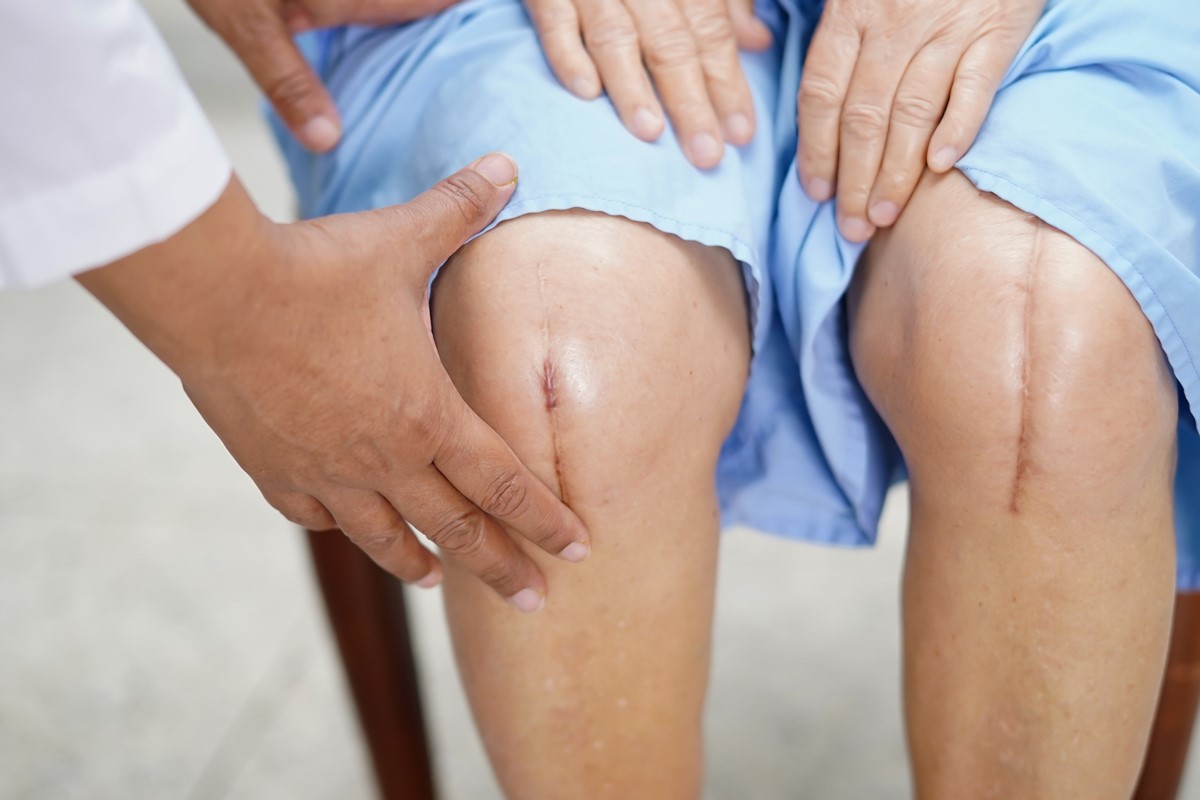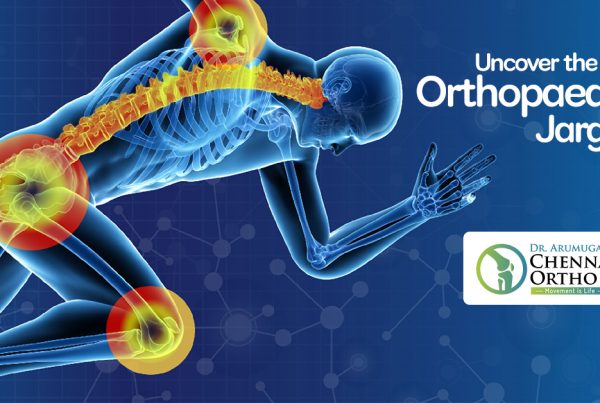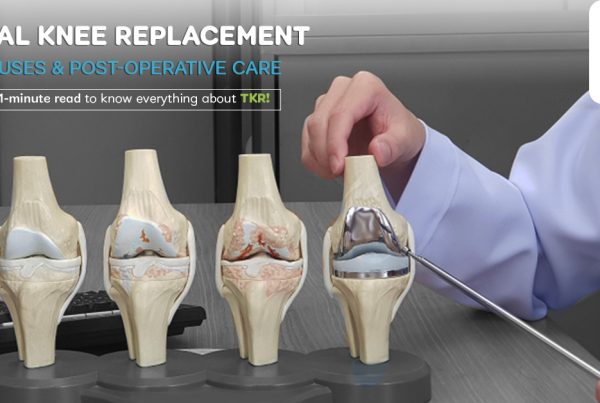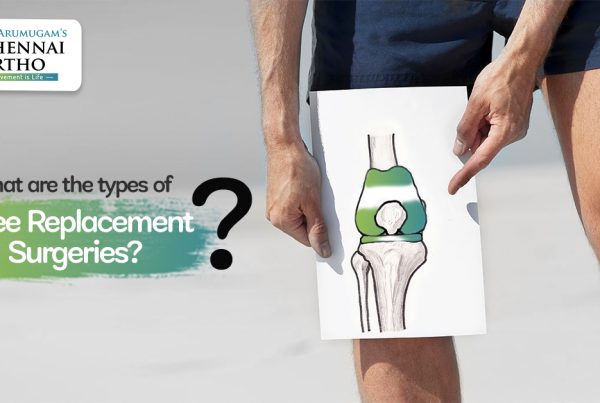
The Kneecap or Patella is a bone connecting the thigh bone and the shin bone in the knee joint. It protects the knee joint and connects the thigh bone and shin bone through muscles and ligaments.
When the Kneecap is broken, it shifts outwards or inwards when the knee is bent or straightened.
A Kneecap/Patellar injury can be caused due to:
- Weakening of muscles in the thigh.
- Tightening or loosening of muscles, ligaments, and tendons.
- Strenuous physical activity that involves twisting of the knee.
- Knee injury that dislocates the Kneecap towards the outer side of the leg.
- Improper alignment of knee bones.
What is a Knee
Cap Disorder?
The Kneecap or Patella is a bone connecting the thigh bone and the shin bone in the knee joint. It protects the knee joint and connects the thigh bone and shin bone through muscles and ligaments.
When the Kneecap is broken, it shifts outwards or inwards when the knee is bent or straightened.
A Kneecap/Patellar injury can be caused due to:
- Weakening of muscles in the thigh.
- Tightening or loosening of muscles, ligaments, and tendons.
- Strenuous physical activity that involves twisting of the knee.
- Knee injury that dislocates the Kneecap towards the outer side of the leg.
- Improper alignment of knee bones.

Who gets affected
Patellar Disorder is more likely to affect sports people who tend to jump on hard surfaces. For example, basketball and volleyball players.
It’s also common in sports where players tend to rotate their torso a lot. For example, baseball.
A patellar injury can also be caused due to an injury or accident as mentioned above.
Symptoms
- Severe pain in the knee joint while squatting or running.
- A feeling of the knee giving away while you’re walking.
- Popping or grinding in the knee cap whenever you bend or straighten your leg.
You’ll also have severe inflammation if your kneecap disorder is severe. If this happens, consult your doctor.
Diagnosis
Your doctor will ask you questions and conduct a physical examination to determine if you’ve a knee injury.
X-rays only detect broken bones. So, this might not be sufficient for your doctor to make a diagnosis.
He’ll also ask you to get an MRI to better diagnose your injury.
Treatment
To treat a patellar disorder, you must:
- Apply ice to the knee regularly.
- Take a break from physical activity like running and squatting.
- Stretch regularly and focus on doing exercises that improve strength. Speak to a physical therapist to help you choose exercises according to your condition.
- Use the knee brace for extra support
- Put on the right shoes or use shoe inserts (orthotics) to improve the position of your feet.
Get in Touch with our Experts
Videos
Blogs




